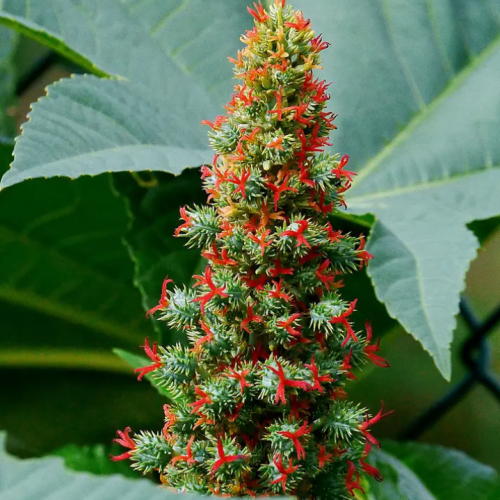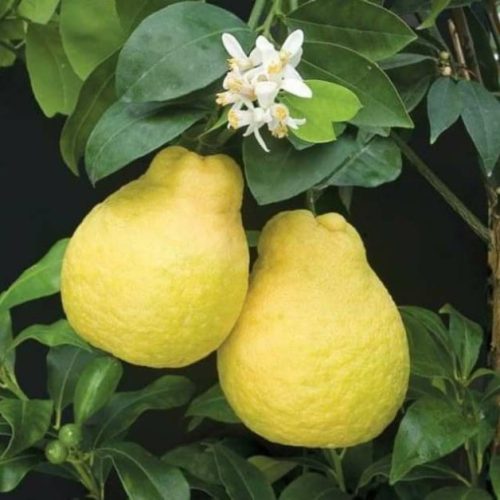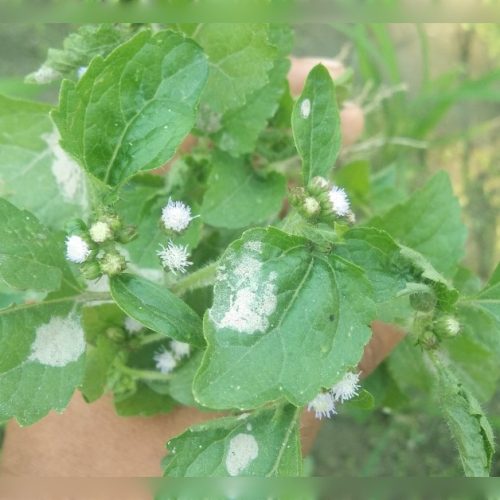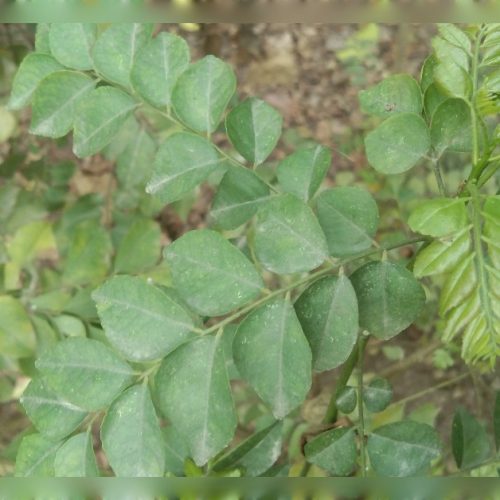Table of this Contents
ToggleMurraya Koenigii is a cluster plant, which produces flowers, fruits and seeds in clusters. They like to live in bunches so they look a bit like bushes. 80 percent of the propagation of this plant is done by plant roots.
Exploring about Murraya Koenigii with 8 Essential Points.
The leaves and flowers of Murraya Koenigii contain beta-carotene, protein, iron, folic acid, vitamins C, B, A, E. The leaves, flowers and fruits of this plant are mainly used as spices, pickles, food fillings, sweet peas and various antibiotics in the medical field. This plant is known by different names in different parts of the world. Like Bergera Koenigii, Curry Leaf, Curry Patta, Curry Leaf Tree, Curry Bush, Devil’s ivy, Daun Kari, Garupillai, Indian Curry Tree, Kadi Patta, Karivepaku, Kariveppilai, Karapincha, Karwa Pale, Kerupulai, Meetha Neem, Sweet Neem, Chinese traditional language: 咖哩叶, 调料九里香, 麻绞叶, Bangla Language: নরসিং এর গাছ,নরসিং উদ্ভিদ, কারি পাতা, মিঠানিম, নরসিং পাতা, নিমভুত, মিস্টি নিম, পাতা নিমবেগুন, বারসুঙ্গা,
Plant Characteristics and Taste.
The flowers, fruits and leaves of Murraya Koenigii are bitter and fragrant. The leaves have antimicrobial, antibacterial properties. So it is included in medicinal plants. Plants can grow in any climate and any soil. So this plant can be seen growing in forests, bushes and roadsides. The lifecycle of the Murraya Koenigii plant is a little strange. When the plant is 6 months old, the plant is suitable for producing flowers, fruits and seeds. A 2-year-old plant has 2 to 3 thousand flowers. 4 to 5 year old plant has 9 to 10 thousand flowers and seeds. A Murraya Koenigii can live 20 to 30 years.
About the Flowers of the Murraya Koenigii.
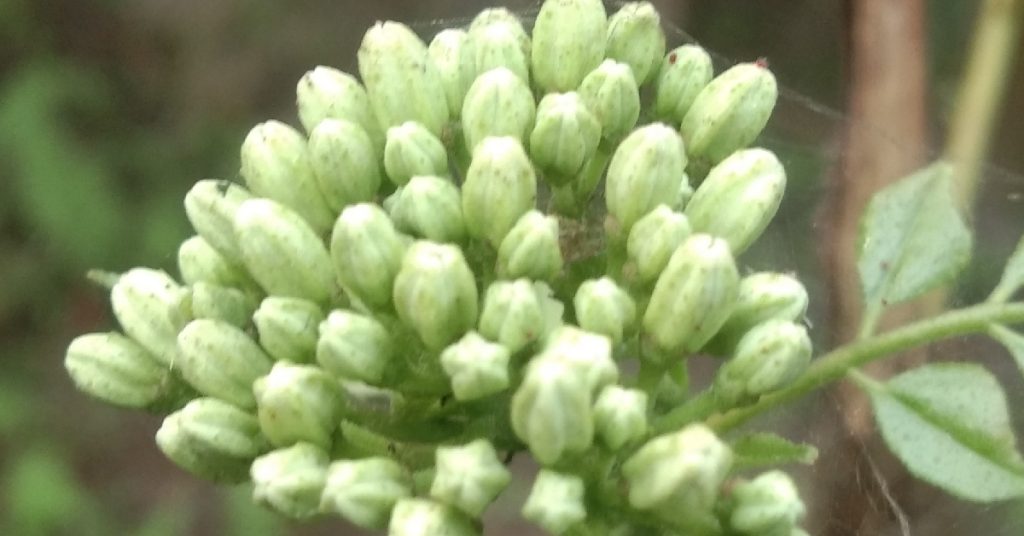
Diagram of flower compound umbel. Flowers bloom in mid-February. Blooms only once a year. Flowers, fruits, seeds are produced only at the tip of the plant stem. Each bud of the flower is light green and white in color. But when the flower blooms fully, then the color is thick white. The flowers are sweet smelling and pollinated. It takes 7 to 8 days to form a flower bud of the plant. The average weight of the flower calli is 2 to 2.5 grams. After 7 to 8 days the flower blooms from the flower bud. After flowering, the average weight of the flower is 2 to 2.9 grams. These flowers stay fresh and fresh for 5 to 7 days. Under the flower is a thin and long peduncle of green color, two sepals of green color, the ovule is white and it is located in the center of the flower, the filaments of the flower are white and long. Petal with 4 petals, 4 to 5 anthers, style white and slender, stigma in the center and standing long between the flowers. The average size and volume of a flower is 3.5 cm in length and 1.5 cm in width. After pollination, the petals of this flower dry in the sun and then the process of making seeds begins.
The flowers of Murraya Koenigii are bitter when chewed orally and may cause nausea. A flower cluster of Murraya Koenigii contains 20 to 25 flowers.
Discuss the fruits of Murraya Koenigii plant.
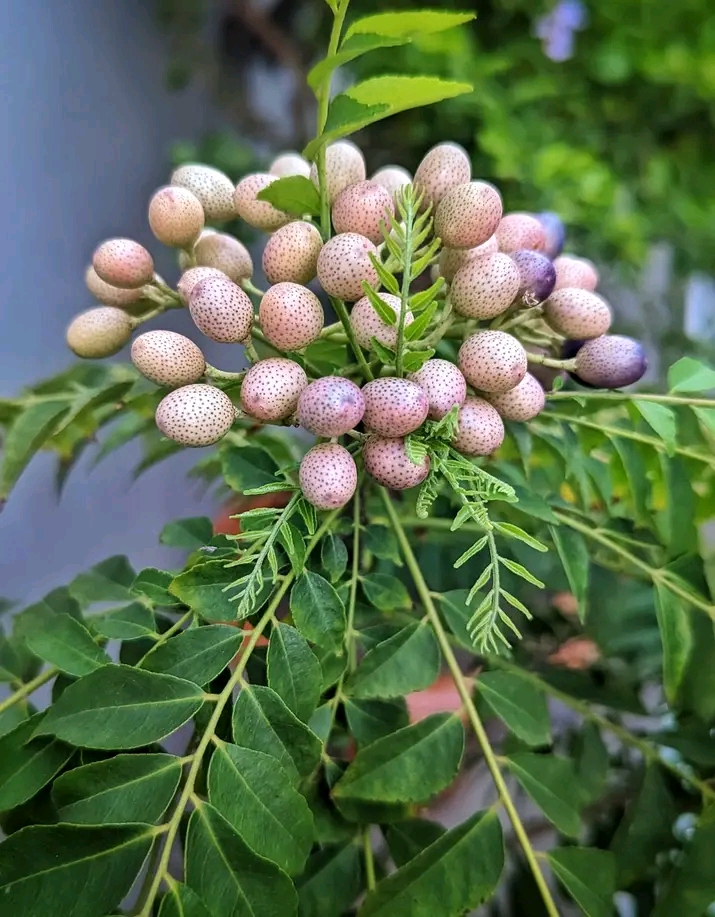
The fruits of Murraya Koenigii are called Curry berries. People in Indonesia, China, Japan, America, South Korea eat this fruit. However, the demand or need for this fruit in the Asian continent is very low. In Asia only this fruit is used for medicinal purposes. It takes 1 month from the pollination of the flower of the plant to produce the fruit. After the mid-month of April, these fruits begin to ripen. The fruit is slightly whitish for the first 16 days, then green and reddish after ripening. The fruit has a tangy, sweet, and peppery taste. However, there are enough vitamins and minerals. A fruit is in the shape of a bunch. There are 34 to 50 fruits in a bunch. Fruits weigh 2 to 3 gm. 3 cm in length and 2.6 cm in width. Ripe fruit has a sweet smell. Ripe fruits are eaten by all animals including birds. However, this fruit is poisonous and edible.
Discussion about the leaves of Murraya Koenigii.
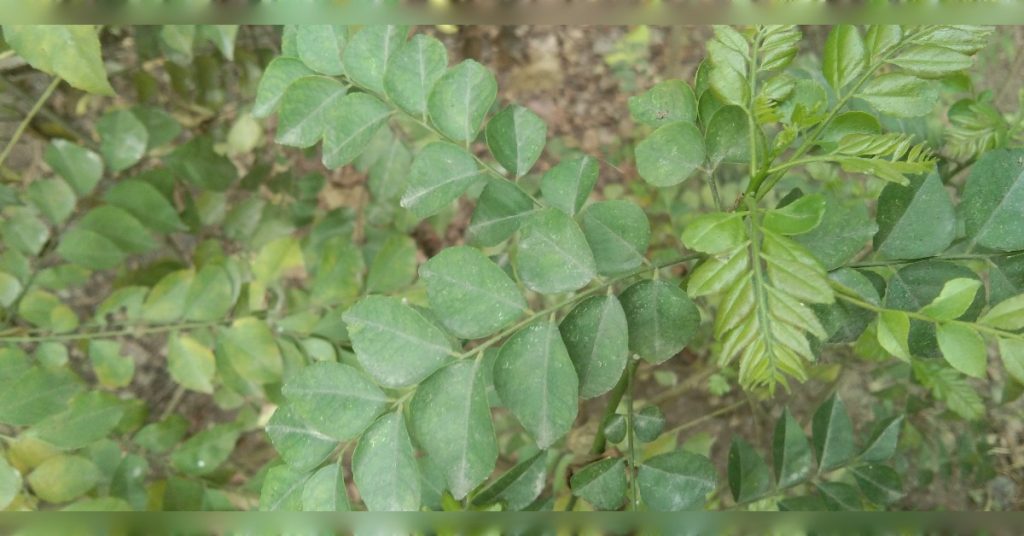
Murraya Koenigii leaves are green in color which are small in size 6 cm in length and 3.5 cm in width. 4 to 6 days old young leaves weigh 3 to 4 grams which are 3.5 in length and 1.7 cm in width which are dark green in color. However, when the age of the leaves is 10 to 12 days, the color of the leaves changes slightly. Then the weight, size, volume and color of the leaves change. When the leaves are 10 to 12 days old, the color of the leaves is dark green to light green. However, the color of old leaves is light brown and weight is more. Leaf shape Acacia diagram and a small branch with 10 to 12 leaves opposite.
The leaf petiole of Murraya Koenigii is slender and light green in color. The lamina is small in size and green in color. Leaves have 2 to 3 veins. Margin is green in color and plastids are present in leaves. The midrib of the leaf is light green in color and lush. Leaf tip small thin, green and narrow.
Discussion about the plant stem of Murraya Koenigii.
The stems of the Murraya Koenigii plant are quite tough. There is 5 percent water in the upper part of the stem. The color of the stem is light brown, but small white spots can be seen. The roots of the tree are strong enough, located deep in the soil.
Scientific Classification and Biological Name.
| Kingdom: | Plantae |
| Phylum: | Angiosperms |
| Class: | Eudicots |
| Order: | Sapindales |
| Family: | Rutaceae |
| Genus: | Murraya |
| Species: | Murraya koenigii |
| Biological name: | Murraya Koenigii |
Interesting Facts about the plant.
1. The plant is quite environmentally friendly and meets the food needs of birds.
2. The leaves and flowers of this plant are used to make various types of antibiotic and savory dishes.
3. Massage of the leaves of this tree is very beneficial and beneficial for arthritis pain and dysentery.
4. Due to the antimicrobial properties in the leaves, it acts as a resistance to many diseases in the human body.
5. The leaves of the Murraya Koenigii plant, crushed between the hands, give off a bad smell.
Distribution, Life cycle and Habitat of the Plant.
Distribution:
Murraya Koenigii plant is found in India, Bangladesh, Australia, England, South America, Myanmar, Africa, Australia, United States, Sri Lanka. But the number is more than all in South Asia.
Life cycle:
If you sow the seeds of a Murraya Koenigii it takes 1 month for the seeds to germinate. Germinated seedlings are 1 to 2 meters tall after 6 months. 6 to 7 months old plants flower and fruit. However, the leaves, flowers, and fruits of trees grow with age. A leaf of the plant has a life span of 1 month, a flower has a life span of 15 days, a seed has a life span of 3 years. Then it slowly starts to deteriorate.
Habitat:
Murraya Koenigii plant can be seen growing in thickets, roadsides, abandoned land. However, organic manure or composted manure and 14 to 20 percent moist soil will give fast and sufficient flowers. 30 to 40 degree temperature is the ideal temperature for this plant.
Market Demand, Global price, Economic Importance.
Market Demand:
Murraya Koenigii plant’s demand for flowers is considerably less. However, the flowers, fruits or seeds of this plant are used medicinally for various diseases such as sexual diseases, dysentery control, excess weight reduction. So the price of its seeds, fruits or flowers is somewhat tolerable. Branches, leaves, flowers and fruits of this plant are exported to almost all countries of the world from South Asia. 90 percent of exports are used to make antibiotics and medicines. The leaves of Murraya Koenigii play a significant role in controlling diabetes.
Global price:
Bark of Murraya Koenigii is $30 per kg, fruit is $40 per kg, flowers and leaves are $50 per kg.
Economic Importance:
The Economic Importance of Murraya Koenigii is immense. It is a medicinal plant so it is valued in all countries. Its Economic Importance is immense as it is used in making strong and advanced antibiotics.
Plant Benifits and Uses: Good side.
Tonsil pain cure:
Applying the juice of Murraya Koenigii leaves on the throat to cure tonsil pain is good in 3 to 4 days.
Making the Piyaju:
Murraya Koenigii can be made into bharta or peyaju. It is quite tasty and fun.
Stops hair loss:
Make a paste of the leaves of Murraya Koenigii and apply it on the hair to stop hair fall.
Enhances the taste of cooking:
Adding curry leaves to the curry during cooking increases the taste of the curry and makes it nutritious.
Making of Antibiotics:
Antibiotics are made with Murraya Koenigii. Which is used to suppress various viruses or cure diseases. For example: chronic dysentery, suppression of female hair loss, skin disease etc.
Chemical Constituents and Toxicity.
- Essential Oils: (Beta-caryophyllene, Beta-gurjunene, Beta-elements, Beta-carotene)
- Alkaloids: (Mahanine, Koenimbine)
- Flavonoids.
- Glycosides.
- Antibacterial Enzyme.
- Antimicrobial Enzyme.
- Protein.
- iron.
- Folic Acid.
- Vitamins C, B, A, E.
Etymology and Common names.
Etymology:
The scientific name “Murraya koenigii” honors the Dutch botanist Johann König. “Murraya” is derived from the name of 18th-century German-Swedish physician and botanist, Dr. Johann Andreas Murray. The species name “koenigii” specifically acknowledges Johann König.
In different regions and languages, it is referred to by various names such as:
- English: Curry Leaf Plant
- Hindi: कड़ी पत्ता (Kadi Patta)
- Tamil: கருவாபிலை (Karuvapillai)
- Telugu: కరివేపాకు (Karivepaku)
- Malayalam: കറിവേപ്പില (Kariveppila)
- Kannada: ಕರಿಬೇವು (Karibevu)
- Marathi: कढीलिंब (Kadhi Limbu)
- Bengali: কাড়িপাতা (Kari Pata), নরসিং পাতা.
- Gujarati: મીઠો લિમડો (Mitho Limdo)
- Sinhala: කරපුද (Karapu Diya)
Threats and Conservation.
Threats:
- Habitat Loss:
Urbanization, agriculture expansion, and deforestation pose threats to the natural habitats of Murraya koenigii. So we must always take care of this medicinal plant and be careful.
- Overharvesting:
Intensive collection of curry leaves for culinary and medicinal purposes, without sustainable practices, can deplete wild populations. The leaves of this plant cannot be destroyed unnecessarily or in the hope of gaining extra profit.
- Climate Change:
Altered climate patterns may impact the suitable habitats for Murraya koenigii, affecting its growth and distribution. The normal development of the growth of flowers, fruits or leaves is disrupted in excess heat or excess stalks.
Conservation:
- Cultivation Practices:
Promoting sustainable cultivation methods helps meet demand while reducing pressure on wild populations. So we should plant more and more curry trees. - Protected Areas:
Establishing and maintaining protected areas can preserve natural habitats and ensure the survival of native plant species.
- Awareness and Education:
Educating communities about the importance of preserving Murraya koenigii and its ecosystems can lead to responsible harvesting practices. If people know this plant will stop exterminating quickly.
- Research and Monitoring:
Continuous research on the ecology and biology of curry leaf plants aids in implementing effective conservation strategies. If proper research and appropriate methods are adopted many medicines can be made from this plant.
Cultivation and Care of the plant.
Murraya koenigii is cultivated in two ways:
- Cultivation is done on empty land or in the empty space around the house.
- Cultivation in tubs or gardens.
80 percent of Murraya koenigii grows around homes or in the woods.
- Cultivation of Murraya koenigii in open place.
If Murraya koenigii shoots or seeds are planted in empty spaces around the house, new plants will grow from those seeds or plant shoots. However, the seeds or pulses should be watered two times after sowing. Seeds will germinate faster if the soil is wet. After 1 month, urea, potassium, compost fertilizer should be used at the rate of 0.5-0.5-01 kg/per plant.
- Cultivation in tubs or gardens:
If you want to grow in a tub or garden, you must take a tub with a capacity of 7 kg. Mix 2 kg of soil and 1 kg of compost in the tub and keep it moist with 30 percent water. After 7 days the seeds or plant stems should be planted. Place the tub or container in a place that gets 6 hours of sunlight daily. 2 days after water and 15 days after 1 kg of compost should be mixed.
Care of the Murraya koenigii.
- Select a place where the seedlings of Murraya koenigii plant will get 8 hours of sun daily.
- Be careful when collecting seeds. Collect nutritious seeds.
- Weeds cannot be allowed to grow at the base of the plant.
- Compost should be given instead of chemical fertilizers. It will not disrupt the normal growth of flowers, fruits and seeds.
- Regular pruning promotes bushy growth. Trim off dead or yellowing leaves.
- Prefers warm to hot temperatures. Protect from frost and cold drafts. 32 to 40 degree is the best temperature.
- Keep safe from domestic animal.
Top Popular and Eye-catching Image of the plant.
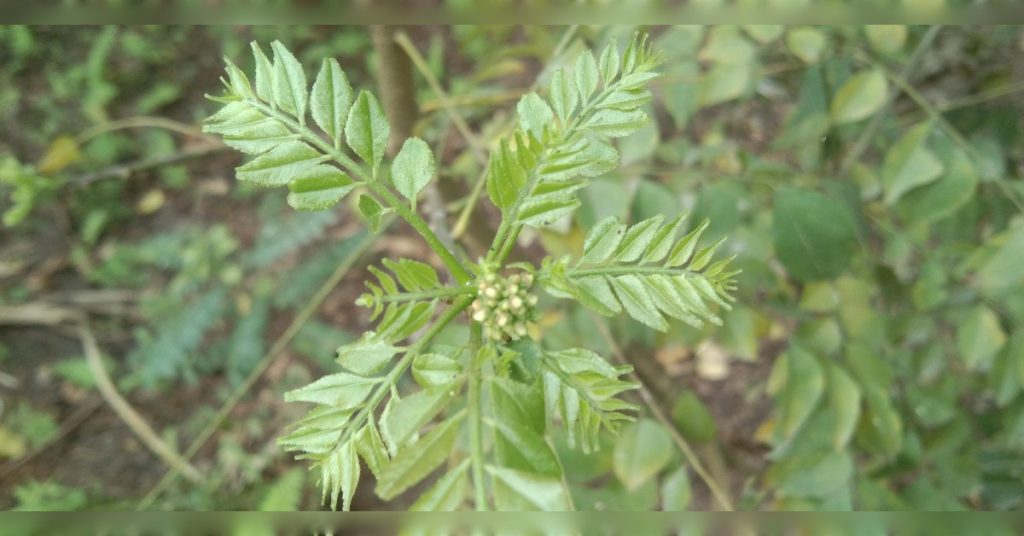

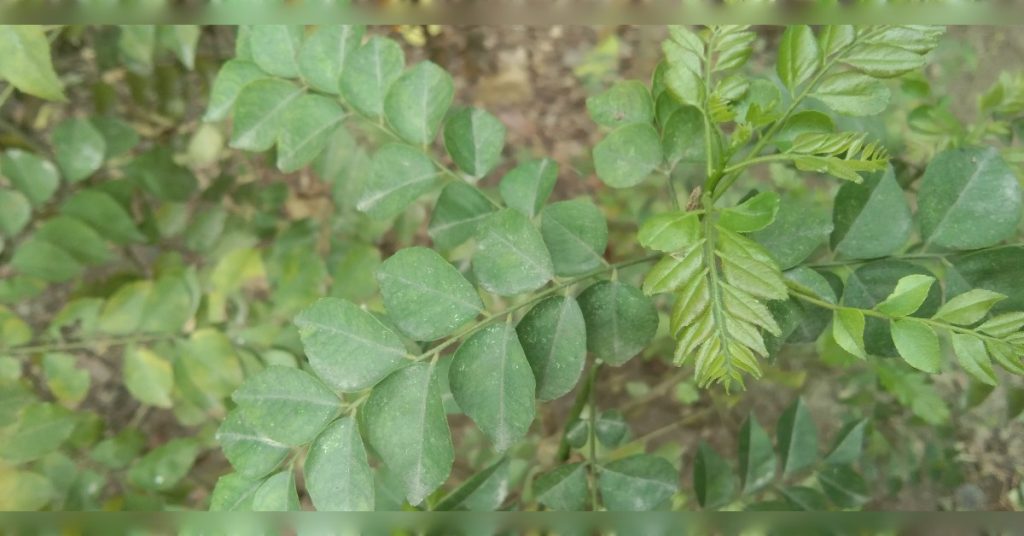

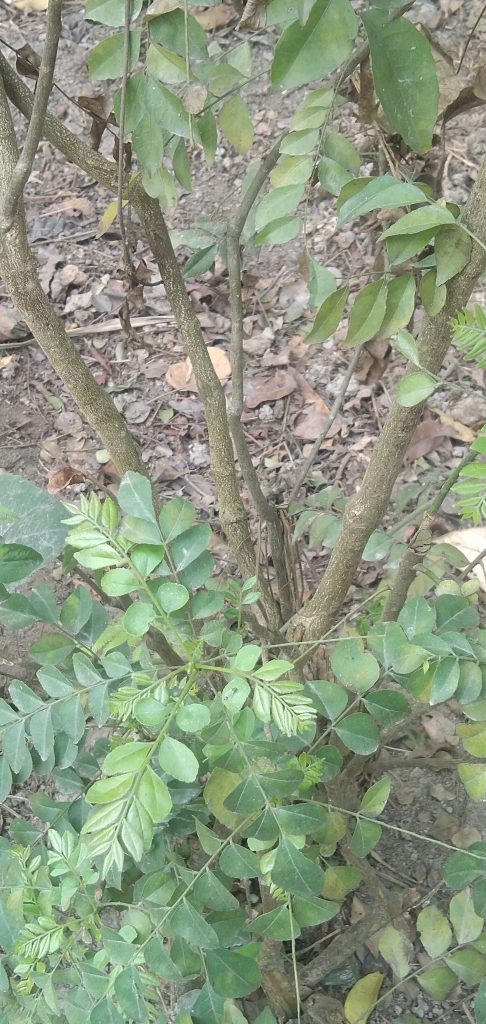
Conclusion.
Murraya Koenigii is a medicinal and vegetarian plant. We should take care of the plant. We should keep aware and attention about this plant.


